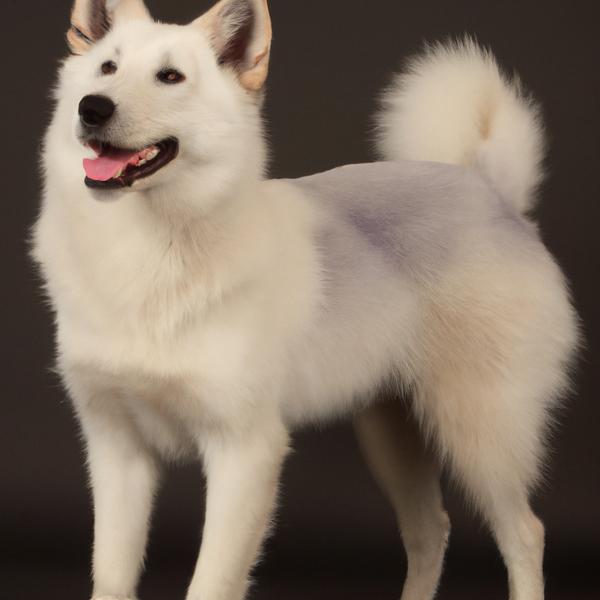Australian Eskimo vs. Pugland: Breed Differences and Similarities
Hypoallergenic
Are Australian Eskimos or Puglands hypoallergenic, or neither?
Unfortunately, neither Australian Eskimo nor Pugland are hypoallergenic, which may not make them the best choice for dog lovers who suffer from pet allergies.
Temperament
What are the personalities of Australian Eskimo and Pugland dogs?
Active
Loving
Independent
Energetic
Protective
Alert
Intelligent
Friendly
Affectionate
Good-natured
Playful
Independent
Alert
Courageous
Intelligent
Friendly
Affectionate
Loyal
Gentle
Going
Cheerful
Shedding Level
Do Australian Eskimos shed more than Puglands, or which breed sheds more, Australian Eskimos or Puglands?
Australian Eskimos are heavy shedders, but regular brushing can help manage shedding and promote a healthy coat.
Puglands are moderate shedders, but regular brushing can reduce shedding and maintain coat health.
Watchdog Ability
Which dog breed makes a better watchdog, the Australian Eskimo or Pugland?
Australian Eskimos aren't great guard dogs; they tend to just watch without taking action.
Avoid Puglands as watchdogs - they're not effective.
Origin
What is the origin of Australian Eskimo and Pugland dog breeds?
United States
United States
Ancestry
What are the origins of Australian Eskimo and Pugland breeds?
American Eskimo and Australian Shepherd
Pug and Westie
Breed recognition
Which kennel clubs recognize/register Australian Eskimo and Pugland?
ACHC = American Canine Hybrid Club
DRA = Dog Registry of America, Inc.
ACHC = American Canine Hybrid Club
DBR = Designer Breed Registry
DDKC = Designer Dogs Kennel Club
DRA = Dog Registry of America, Inc.
IDCR = International Designer Canine Registry®
Date of Birth
When were Australian Eskimo and Pugland breeds first developed?
1990s
2000s
Litter Size
What is the usual litter size for Australian Eskimo and Pugland?
An Australian Eskimo can have a litter of 4-6 puppies on average. However, it's worth noting that the size of the litters can vary greatly. Factors that can influence litter size include the health of the mother, breeding history, and genetics.
A Pugland can have a litter of 2-5 puppies on average. However, it's worth noting that the size of the litters can vary greatly. Factors that can influence litter size include the health of the mother, breeding history, and genetics.
Adaptability
Australian Eskimos are known for their adaptability and can adjust well to different environments and lifestyle changes.
Puglands are highly adaptable and versatile, making them excellent companions for families and individuals of all lifestyles.
Health Issues
Between Australian Eskimo and Pugland, which breed is more prone to health problems?
While the Australian Eskimo breed is generally healthy, occasional vet check-ups are still necessary to address any health concerns.
The Pugland breed is generally very healthy, requiring minimal vet visits. Still, it's important to keep an eye on their health and seek veterinary care when needed.
Major Concerns
What are the major health concerns for Australian Eskimo and Pugland breeds?
Patellar Luxation
Progressive Retinal Atrophy
Hip Dysplasia
Epilepsy
Addison's Disease
Addison's Disease
Brachycephalic Syndrome
Craniomandibular Osteopathy (Lion Jaw)
Minor Concerns
What minor health issues should be kept in mind when owning Australian Eskimo and Pugland?
Dental Disease
Entropion
Skin-Fold Dermatitis
Glaucoma
Seborrhea
Keratoconjunctivitis Sicca (Dry Eye)
Occasional Tests
What occasional tests are recommended for Australian Eskimo and Pugland breeds?
Hip And Eyes
X-Rays
Eye Examination
Dental Examination
Eye Examination
Skin Evaluation
Internal Imaging (x-ray, CT scan, MRI, etc.)
Blood And Urine Analysis
DNA
Energy
How do the energy levels of Australian Eskimos and Puglands compare?
Australian Eskimos' high energy levels make them unsuitable for a low-key dog, choose accordingly.
Puglands are a good choice for a low-key lifestyle due to their low energy levels.
Social Needs
Australian Eskimo vs Pugland social needs comparison
Australian Eskimo and Pugland have very high social needs. These needs include regular mental and physical stimulation, a job or purpose, and companionship. They thrive in environments where they have a lot of interaction with humans and other dogs.
Exercise Needed
Australian Eskimo vs Pugland exercise need comparison.
Australian Eskimos need moderate physical activity and are great for families and active individuals.
Puglands require significant physical activity and suit those with an active lifestyle.
Sleeping Need
Which of the two sleeps the most/least: Australian Eskimo or Pugland?
Australian Eskimos are active and require sufficient sleep to stay healthy.
Puglands have moderate energy levels and typical sleep patterns of 12-14 hours per day.
Tendency to Bark
Do Australian Eskimos or Puglands bark more/less frequently?
Australian Eskimo dogs are generally less vocal than other breeds and only bark when necessary, such as to alert their owner or communicate.
The Pugland is a vocal breed that frequently barks and howls, and may not be suitable for those seeking a quiet companion.
Mouthiness
Mouthiness Comparison: Australian Eskimo vs Pugland?
Roaming urge
Australian Eskimo vs Labrador: Running away tendency?
Prey Drive
Australian Eskimo or Pugland - which breed has a higher level of prey drive?
Past times
What are some enjoyable activities and ways to keep Australian Eskimo and Pugland entertained?
Puzzle Toys, Hiking, Frisbee, Hide & Seek, Walk, Run, Hike, Chase, Fetch, Chasing rocks, Boating, Walks, Running, Walking, Car ride, Playing, fetch
Camp, Hike, Kayaking
Tolerance of being left alone
Grooming
Which breed is easier to maintain in terms of grooming, Australian Eskimos or Puglands?
Australian Eskimo and Pugland are breeds of dogs that require an average amount of grooming effort.
Intelligence
Comparing Intelligence: Australian Eskimos vs Puglands
Australian Eskimos are average in obedience intelligence but have a high IQ and may cause trouble if left unsupervised.
Pugland has below average obedience intelligence, but they excel in understanding human emotions.
Sensitivity Level
How do Australian Eskimo and Pugland compare in sensitivity?
This breed is sensitive to its environment and best suited for patient and understanding families with a consistent routine.
This breed is sensitive and requires gentle handling and a calm home environment.
Affection Dependance
Which is the more affectionate dog breed: Australian Eskimo vs Pugland?
Apartment Friendly
Which breed is more apartment-friendly: Australian Eskimo or Pugland?
Australian Eskimo and Pugland are apartment-friendly dog breeds. They can do perfectly well in apartments providing they are sufficiently exercised and taken out and about as part of their owner's daily lifestyle.
Child Friendly
Do Australian Eskimos or Puglands have a friendlier temperament towards children?
Australian Eskimos make excellent family pets for kids due to their gentle, protective nature and calm temperament.
Puglands are good with kids if socialized and trained from a young age.
Senior-friendly
Which dog is more suitable as a pet for the elderly - Australian Eskimo or Pugland?
Cat Friendly
Do Australian Eskimo or Pugland breeds have a better compatibility with cats?
Australian Eskimos are average in their friendliness toward cats and tend to do well with them, especially if raised together.
Puglands are good with cats, but early training is needed to prevent chasing behavior.
Dog Friendly
Which breed is more sociable with other dogs: Australian Eskimo or Pugland?
Australian Eskimos are friendly and active companions, and can be good family pets, though their friendliness towards other dogs may vary.
Puglands are generally very friendly towards other dogs, with a happy and affectionate temperament.
Pet friendly
How do Australian Eskimo or Pugland dogs interact with other pets?
Stranger Friendly
Which breed is more friendly with strangers: Australian Eskimo or Pugland?
Australian Eskimos are quick to announce strangers and can be standoffish or suspicious.
Puglands are highly friendly around strangers.
Playfulness
Which breed is more playful between Australian Eskimo and Pugland?
Australian Eskimos are very playful, so adopting an older one might be a better option for a more relaxed experience.
Puglands are a playful breed that needs daily playtime to be happy.
Trainability
How do the trainability levels of Australian Eskimos and Puglands compare?
The Australian Eskimo is highly intelligent and eager to please, making it a great choice for both novice and experienced dog owners due to its easy trainability.
Puglands are usually easy to train but require consistency to fully obey commands.
Compare Australian Eskimo with other breeds

Pugland
Australian Eskimo vs Pugland

Mini Ratzer
Australian Eskimo vs Mini Ratzer
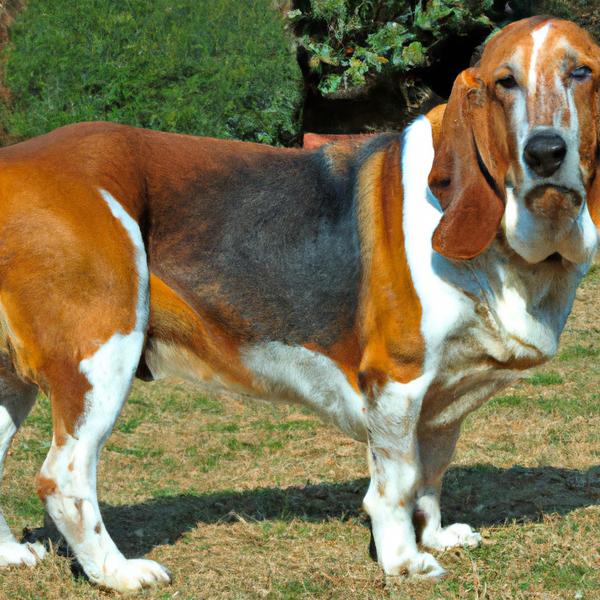
Basset Foxhound
Australian Eskimo vs Basset Foxhound

Miniature Schnauzer
Australian Eskimo vs Miniature Schnauzer
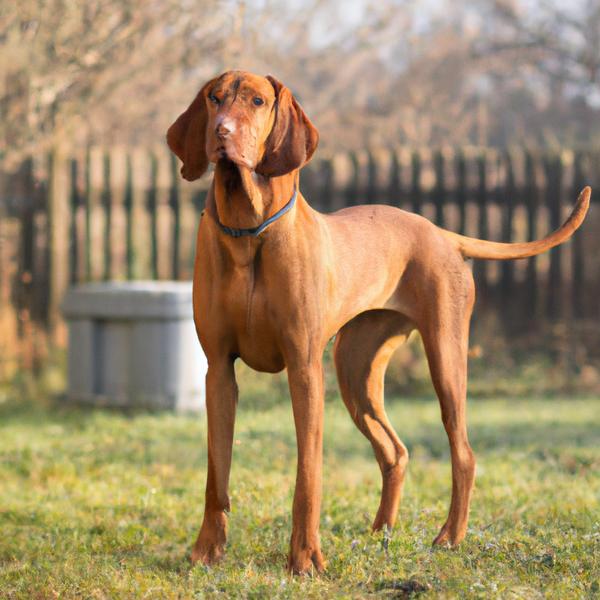
Transylvizsla Hound
Australian Eskimo vs Transylvizsla Hound

Golden Sheltie
Australian Eskimo vs Golden Sheltie

Scolden Terrier
Australian Eskimo vs Scolden Terrier
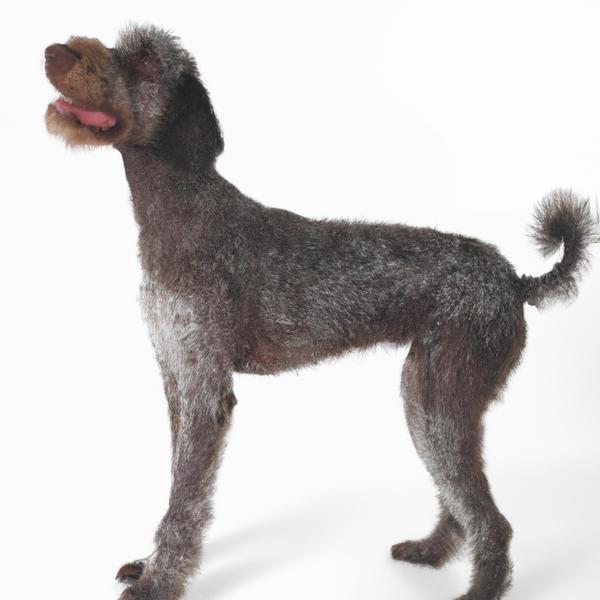
German Shorthaired Pointerpoodle
Australian Eskimo vs German Shorthaired Pointerpoodle
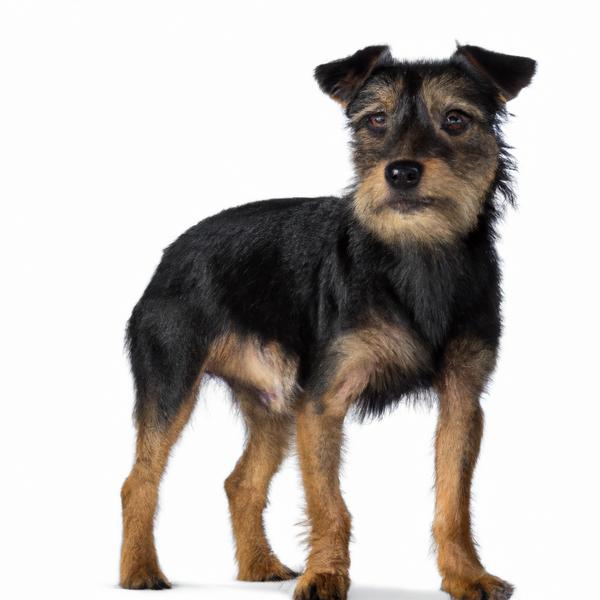
Ratshire Terrier
Australian Eskimo vs Ratshire Terrier
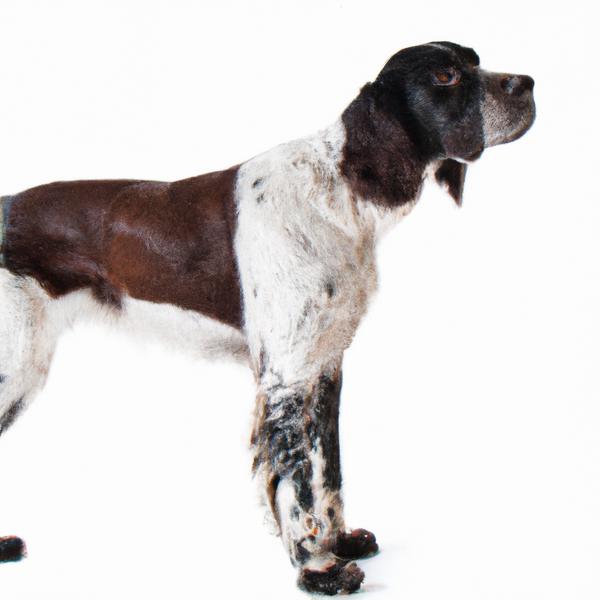
Spanador
Australian Eskimo vs Spanador
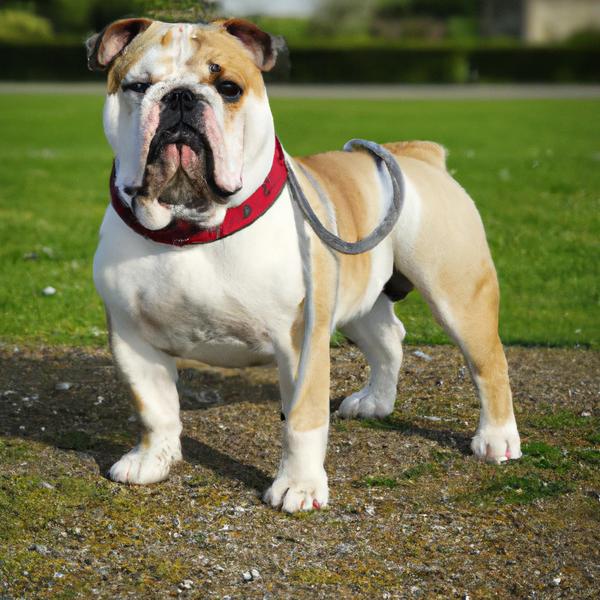
Bull Daniff
Australian Eskimo vs Bull Daniff

Chizer
Australian Eskimo vs Chizer
